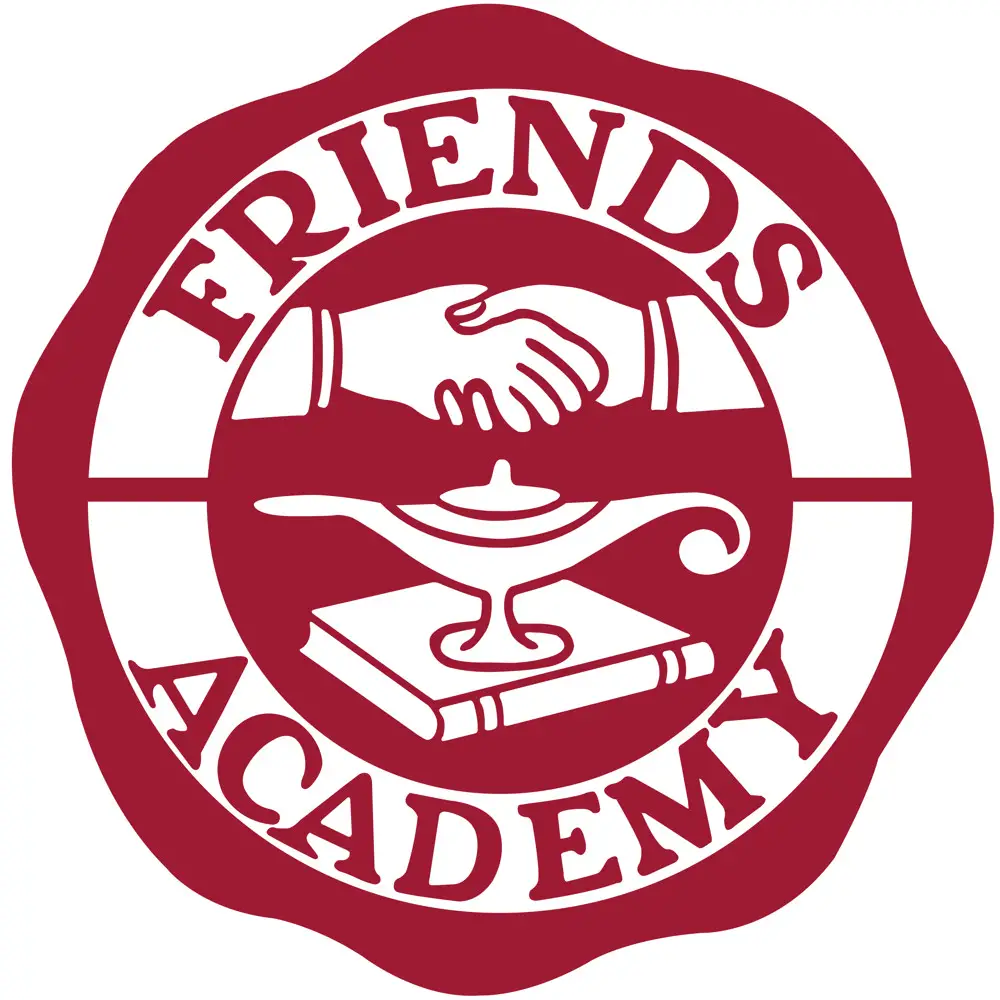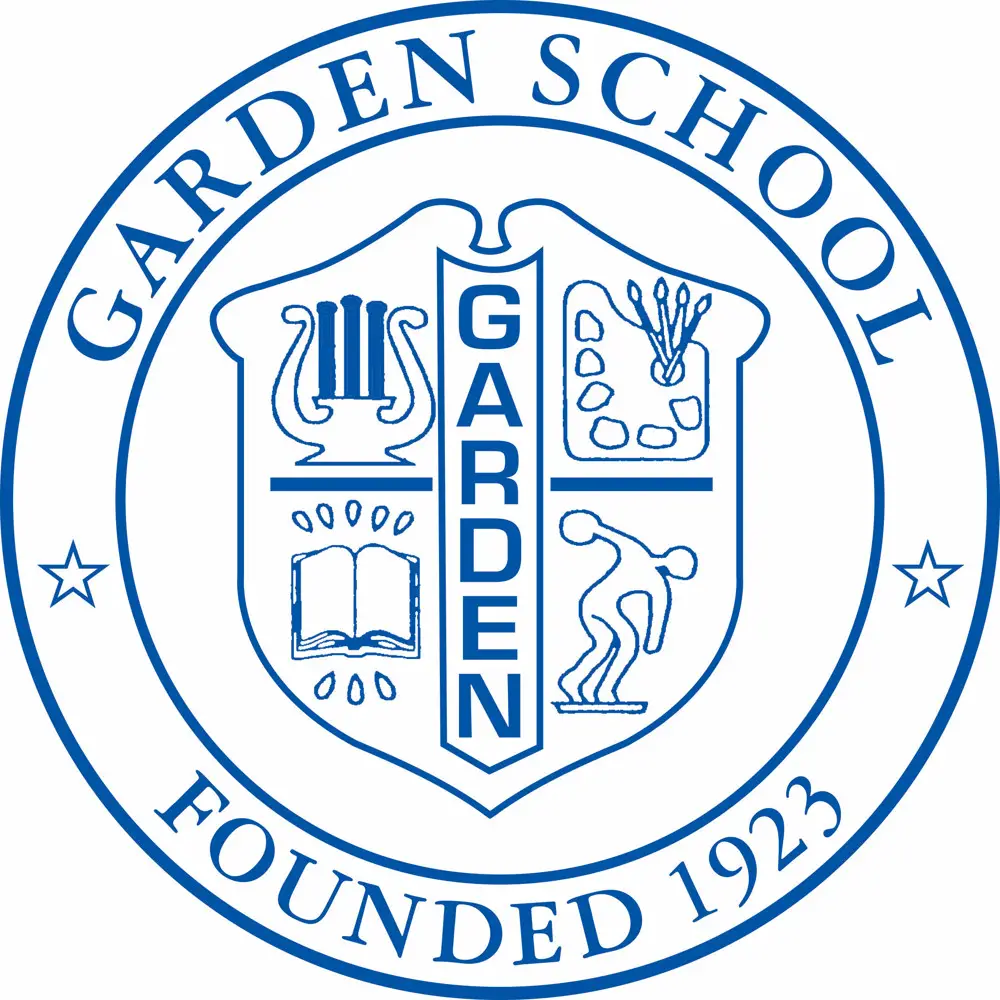More News Articles:

What Is Open in NYC on Christmas Day?
Christmas day is a wonderful time to explore the attractions of the New York City area. Here's what is open in NYC on Christmas day this year.Latest News:

LuminoCity Festival of Holiday Lights Returns for 2022
LuminoCity Holiday Lights Festival has returned for the 2022 season and will be on display through Jan. 9, 2023.Family Activities:
Have a Laugh:

Best Memes of the Week for Parents
Here are the funniest parenting memes from Instagram, Facebook, and Reddit this week.Featured Listings:

Friends Academy
Locust Valley, NY Strong Minds, Kind Hearts. Friends Academy is a premier private school committed to the guiding principles of Peace, Integrity, Community Equality and...

The Knox School
Saint James, NY The Knox School is Long Island’s oldest established private school. An inclusive environment provides students with a broad world perspective and a wi...

Garden School
Jackson Heights, NY We believe that an exceptional education is a right, not a privilege. We provide an excellent academic choice that offers a realistic option for famil...

Alcott School
Alcott is a preschool and special education program in Westchester County New York, founded in 1968 by Arlene Donegan, and has an outstanding history ...


